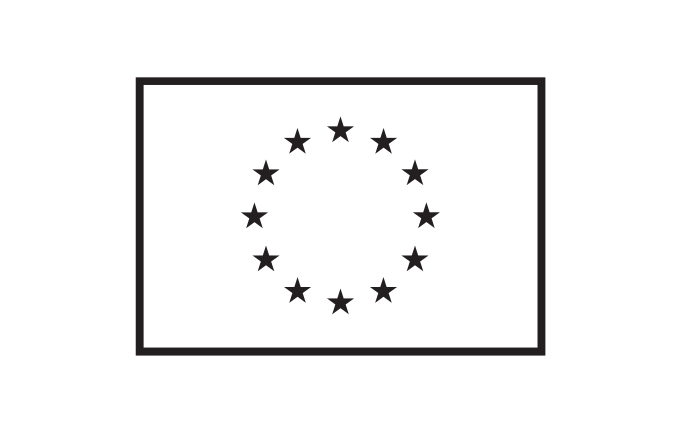HIV-1 and Mycobacterium tuberculosis represent detrimental co-epidemics worldwide, particularly in sub-Saharan Africa, and co-infection accelerates progression of both diseases. Mechanisms promoting the pathogenicity during co-infection with M. tuberculosis and HIV-1 are largely unknown. In particular, the role of complement during co-infection is understudied. Our group recently illustrated that complement (C) coating of HIV-1 (HIV-C) was able to overcome SAMHD1-mediated restriction in DCs and macrophages and thereby significantly increased DC activation and type I IFN and ISG production. Thus, opsonization might also exert an impact on viral or, upon coinfection, bacterial persistence in antigen-presenting cells (APCs), such as DCs or macrophages.
Therefore the aim is to investigate the role of complement during HIV-1/M. tuberculosis co-infection in susceptible APCs within a standardized human 3D epithelial/immune cell model.





